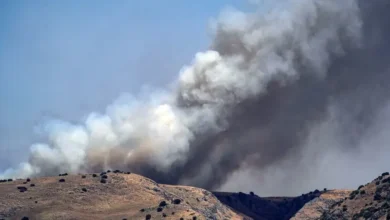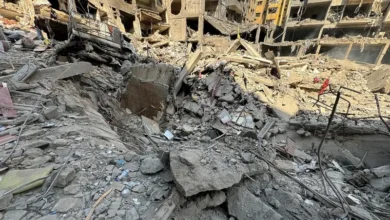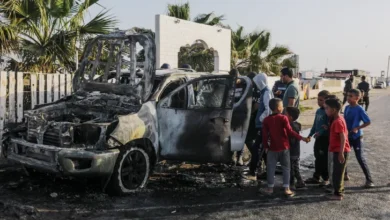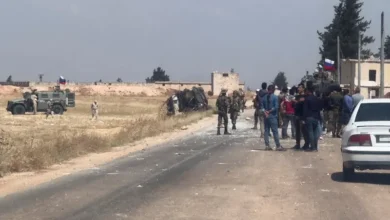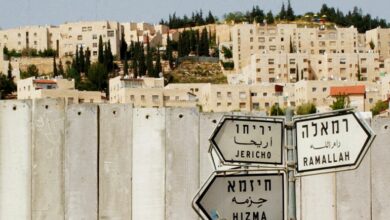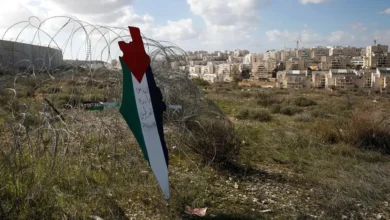Sustainably utilizing UAE’s geothermal potential can add to its energy mix: Experts
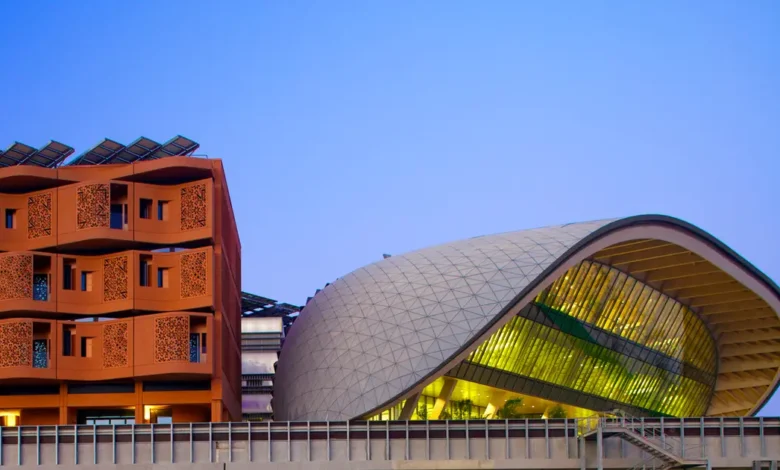
As the world increasingly looks for environment-friendly energy sources to limit the use of fossil fuels that remain buried under the earth’s surface, one of the alternatives to such carbon-intensive combustibles also remains buried deep under the Blue Planet’s crust in the form of geothermal energy.
Geothermal sites in the UAE have significant potential to add to the country’s energy mix if harnessed and managed well, studies and experts say.
According to the International Renewable Energy Agency (IRENA), geothermal technology extracts the heat found within the subsurface of the earth and uses it directly for heating and cooling purposes.
In the UAE, the capital city of Abu Dhabi and neighboring Al Ain city have a “very important geothermal potential,” Antonio Di Cecca, the COO of utility company Tabreed told Al Arabiya in a television interview after a recent decision to link Masdar City’s district cooling to a geothermal energy source.
Tabreed provides a centralized cooling system for buildings where insulated pipes deliver chilled water to offices, industrial and residential buildings. The UAE-based company services landmark developments such as the Burj Khalifa, the world’s tallest skyscraper, Dubai Mall, theme park Ferrari World, and the Dubai Metro, to name a few.
The UAE state-run oil company ADNOC and Tabreed announced on August 14 that geothermal energy would be harnessed to account for 10 percent of Masdar City’s cooling needs.
The companies tested two geothermal wells that were found more than 10 years ago in the sustainability-focused residential community that will supply energy to Tabreed’s current district cooling system within the city.
The wells reportedly produce hot water at temperatures exceeding 90 degrees Celsius and flow rates of approximately 100 liters per second. The hot water generated by the heat from the wells will now pass through an absorption cooling system to produce chilled water, which will then be supplied to Tabreed’s district cooling network at Masdar City, it added.
Geothermal energy was first harnessed for a district heating system in the US in the late 1800s. Since then, the renewable and clean source of energy has been used for electricity generation and direct-use purposes such as horticulture and aquaculture.
This energy comes from the heat within the earth’s core and can provide a constant flow when harnessed. Using geothermal energy for district cooling is 20 to 30 percent more energy efficient, according to Di Cecca. “This is the first time here in the region that we are exploring a project to use geothermal energy for cooling production,” he told Al Arabiya.
The Tabreed COO said the company was using absorption technology, which does not need electricity to run.
These machines can be operated at a relatively lower cost than normal chillers because they don’t require a lot of maintenance, they are environment friendly and their efficiency is much better than traditional cooling methods, said Di Cecca, who had previously worked with French utility company Engie.
He further said: “Our aim is to explore the areas where our district cooling is already present, near the most important geothermal energy reservoirs, and see how we can scale up the size and energy mix of renewable energies, including geothermal energies, in our system.”
Viability in the UAE
The data collected from testing and managing the two geothermal sites at Masdar will aid in building knowledge and experience at a national level, said geothermics expert professor Hakim Saibi from the UAE University, in addition to lowering costs over time as technology improves.
Geothermal energy is one of the most reliable sources of energy, he told Al Arabiya English, adding that this natural energy form is sustainable if properly managed.
“If you use all of its energy in a short period of time, it can produce a lot of energy from it, but then the hot water will be depleted. So, we need to keep this balance of how much energy can be extracted from a geothermal reservoir to keep it sustainably for 30, 40 or even 60 years,” Saibi said.
The geothermal hotspot is available 24 hours a day, 365 days a year, regardless of the weather, he said, unlike solar energy, which is dependent on sunny days and clean skies, or wind energy, which is intermittent.
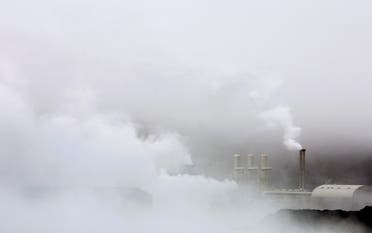
The upfront cost is high, Saibi said, but with a technique known as cascade utilization, it is possible to harness geothermal energy at various temperatures for multiple needs – from food processing and utility in greenhouses, to district cooling and heating.
The academic, whose team was commissioned by UAE University (UAEU) in 2017 to identify geothermal sites in the country, found potential in Al Ain and Ras al-Khaimah. Using exploratory methods and data from the site, a model was developed, which was published as a white paper, to be used by companies like Tabreed and ADNOC who set up systems to harness this energy.
According to Saibi, with the growing problems of climate change and carbon dioxide emissions and rising fuel prices and geopolitical tension, many countries will be looking to explore energy alternatives. One of them is certainly geothermal.
